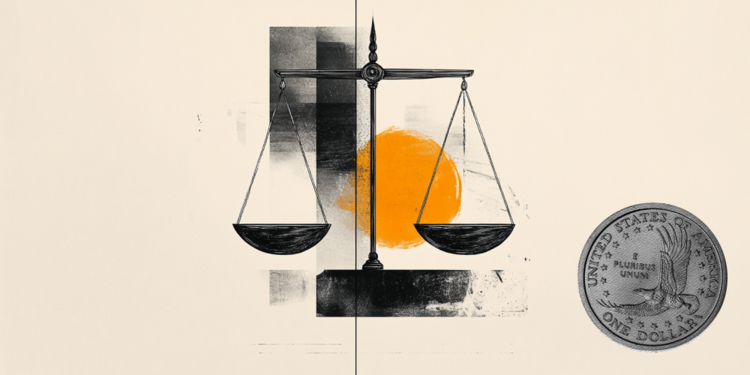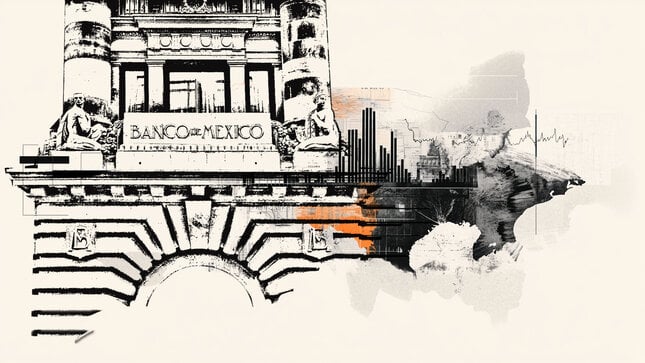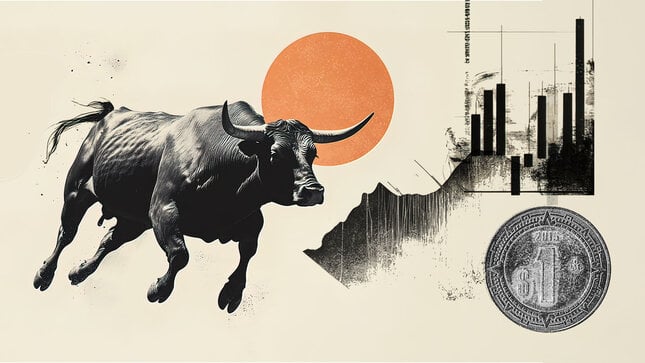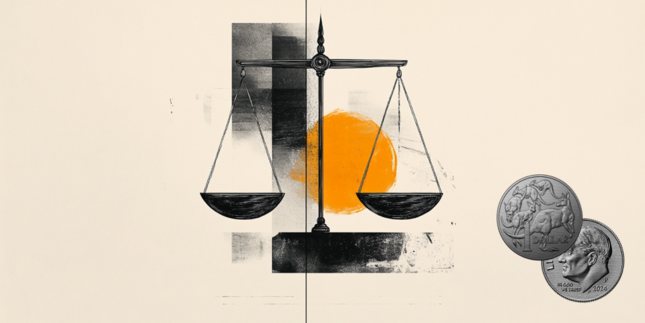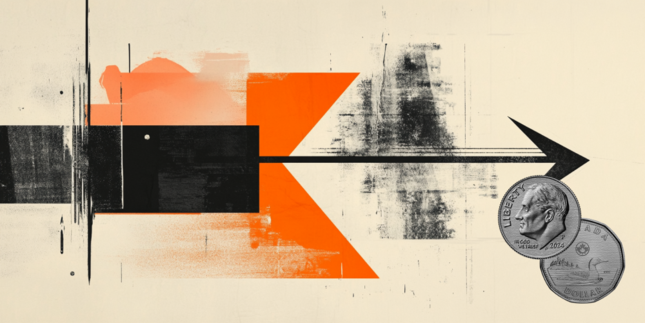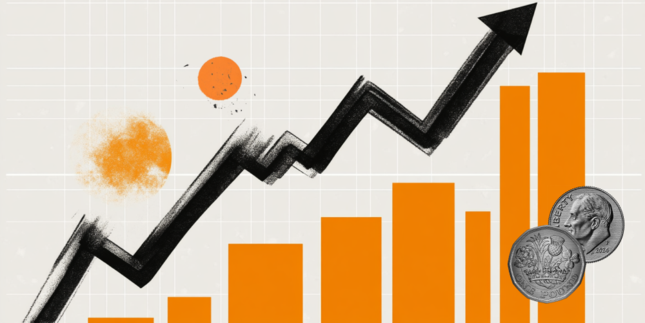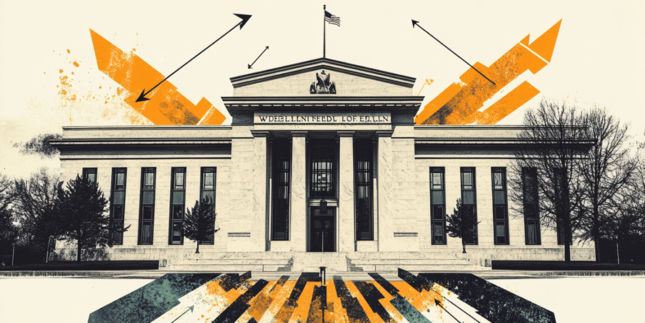US Dollar finds demand on tariff uncertainty
- The DXY trades around the 103 zone on Monday, trying to extend Friday’s rebound amid volatile market conditions.
- A report suggesting Trump may pause tariffs briefly lifted sentiment, but a sharp White House denial reversed optimism.
- Resistance sits near 103.75, while 102.50 serves as key support amid mixed technical signals.
The US Dollar Index (DXY), which tracks the performance of the US Dollar (USD) against six major currencies, is trading near the 103 area on Monday after rebounding on Friday. Market volatility intensified as headlines emerged suggesting a temporary suspension of tariffs by the United States (US), though these were quickly refuted by the White House. While equities and commodities came under pressure, the DXY held onto modest gains. Technical signals remain mixed, with the MACD showing a buy but key moving averages flashing bearish signs.
Daily digest market movers: US Dollar jolted by tariff rumor denial
- Markets initially rallied on reports that the US was considering a 90-day tariff pause for all nations except China, as revealed by National Economic Council (NEC) Director Kevin Hassett.
- The optimism was short-lived after a White House spokesperson dismissed the report as untrue, reigniting safe-haven flows and dragging stocks lower.
- US indexes reversed earlier gains; the Dow dropped over 1.5%, while the S&P 500 and Nasdaq also slipped into red territory by the afternoon.
- Attention is shifting toward Thursday’s Consumer Price Index (CPI) data for March, which could reflect the early effects of current trade policies.
- The White House has touted progress on curbing inflation, particularly in food and energy, but markets remain cautious ahead of the data release.
Technical analysis
The US Dollar Index (DXY) attempts to build on Friday’s bounce, hovering near the top of its daily range. The Moving Average Convergence Divergence (MACD) signals a potential upside push, while the Relative Strength Index (RSI) at 42.80 remains neutral. Despite this, the 20-day, 100-day, and 200-day Simple Moving Averages (SMA), along with the 10-day Exponential Moving Average (EMA), continue to signal downside risk. Momentum indicators are split, with the 10-period Momentum suggesting a buy, but others like the Williams Percent Range indicating neutrality. Resistance levels are seen at 103.52, 103.72, and 103.75, while immediate support is located at 102.51. A rejection at the 103.18 zone last week reinforces that area as a pivotal point to watch.
Risk sentiment FAQs
In the world of financial jargon the two widely used terms “risk-on” and “risk off'' refer to the level of risk that investors are willing to stomach during the period referenced. In a “risk-on” market, investors are optimistic about the future and more willing to buy risky assets. In a “risk-off” market investors start to ‘play it safe’ because they are worried about the future, and therefore buy less risky assets that are more certain of bringing a return, even if it is relatively modest.
Typically, during periods of “risk-on”, stock markets will rise, most commodities – except Gold – will also gain in value, since they benefit from a positive growth outlook. The currencies of nations that are heavy commodity exporters strengthen because of increased demand, and Cryptocurrencies rise. In a “risk-off” market, Bonds go up – especially major government Bonds – Gold shines, and safe-haven currencies such as the Japanese Yen, Swiss Franc and US Dollar all benefit.
The Australian Dollar (AUD), the Canadian Dollar (CAD), the New Zealand Dollar (NZD) and minor FX like the Ruble (RUB) and the South African Rand (ZAR), all tend to rise in markets that are “risk-on”. This is because the economies of these currencies are heavily reliant on commodity exports for growth, and commodities tend to rise in price during risk-on periods. This is because investors foresee greater demand for raw materials in the future due to heightened economic activity.
The major currencies that tend to rise during periods of “risk-off” are the US Dollar (USD), the Japanese Yen (JPY) and the Swiss Franc (CHF). The US Dollar, because it is the world’s reserve currency, and because in times of crisis investors buy US government debt, which is seen as safe because the largest economy in the world is unlikely to default. The Yen, from increased demand for Japanese government bonds, because a high proportion are held by domestic investors who are unlikely to dump them – even in a crisis. The Swiss Franc, because strict Swiss banking laws offer investors enhanced capital protection.
Forex News
Keep up with the financial markets, know what's happening and what is affecting the markets with our latest market updates. Analyze market movers, trends and build your trading strategies accordingly.
